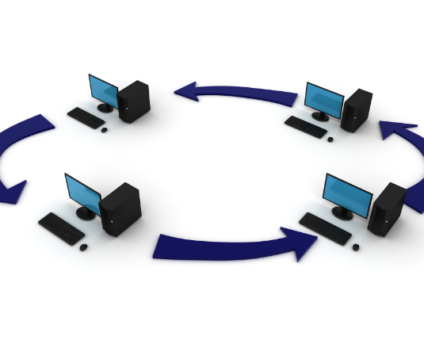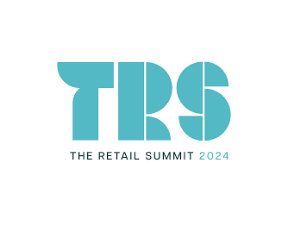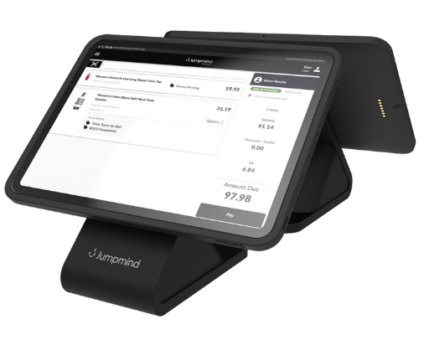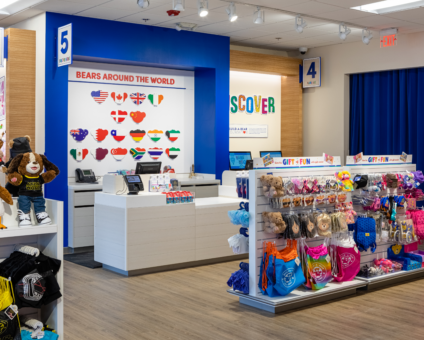Retailers are constantly looking for new ways to generate revenue and stay competitive. One strategy …
![]()
Cloud-native POS platform for seamless omnichannel customer experience.
![]()
A single hub for all promotions campaigns.
- Omnichannel ExperienceCreate seamless customer experiences
- Device IndependencePOS agnostic to form factor or operating system
- Self-CheckoutDo more with fewer associates
- Mobile StoreLeverage POS from anywhere
- POS on the GoEnable associates to sell outside of the store
- Unified PromotionsStreamline and simplify promotion workflows
- CX ConnectAllow customers to engage with POS during checkout
- Composable CommerceCreate the store experience you want
![]()
The most advanced synchronization solution for databases and file systems.
![]()
Data configuration and batch automation across different disparate systems and vendors.
-
Data Replication
- Multi-tier DistributionReplicate thousands of remote locations
- Cloud Database ReplicationCapture live changes from on-premise to the cloud
- High Availability and Load BalancingEnsure 24/7 access to data and scale efficiently with demand
- Analytics and ReportingCapture the whole picture with real-time reporting
- Multi-masterMaintain consistency of data in a peer to peer setup
- Data WarehouseReplicate live and historical data to a warehouse
- MigrationsConduct live data migration with no downtime
-
-
Data Integration
- Master Data ManagementChanges propagate across the entire system, allowing you to maintain a centralized view of all parts of your core business entities.
- Application IntegrationReduce dependencies, complexity, and risk to build a high-performance, data-driven application.
- Web ServicesIntegrate multiple systems using web services or build a business application using a service-oriented architecture.
- Data WarehouseIntegrate disparate data from multiple systems so you can transform data for better business intelligence and reporting.
- Data MigrationConduct live data migration during critical server replacements, storage upgrades, and data center relocations—with no downtime.
- ImplementationIntegration consultants help design, develop, and deploy an implementation of our products.
- DevelopmentThe product developers can add features, enhance existing functionality or build support for new platforms.
- TrainingEngage our experienced training resources to gain in-house knowledge and expertise on Jumpmind products.
- SupportLeverage product engineers to resolve issues, fix defects and provide updates or patches.
- Proof of ConceptDetermine the feasibility of implementing our products and get answers to your questions quickly.
Clienteling isn’t a new theory. It can be traced back hundreds of years when shopkeepers …
BOPIS, BORIS, and Curbside Pickup offer consumers and retailers the best of both worlds. …
View all Blog Posts
The SymmetricDS product can synchronize data between over forty different database platforms with out of …
Compare and Repair for SymmetricDS Pro can compare two databases, report on the differences, and …
Mobile replication with Android edge devices in near real time to an on-premise or cloud …
View all Blog Posts
Jumpmind President and CEO Joe Corbin to Lead Panel on Agility at Scale and Digitalizing …
Retail Technology Leader Jumpmind Brings Newfound Interactive and Personalized Digital Engagement to Inspire Shoppers at …
Retail Technology Leader Jumpmind Provides Enhanced Experiential Point of Sale and In-Store Engagement for Build-A-Bear Workshop …
View all Blog Posts
![]()
Cloud-native POS platform for seamless omnichannel customer experience.
![]()
A single hub for all promotions campaigns.
![]()
The most advanced synchronization solution for databases and file systems.
![]()
Data configuration and batch automation across different disparate systems and vendors.
-
Data Replication
-
-
Data Integration
-
Retail Retail trends, technology, and enhancing the customer experience
-
Data Thoughts on data matters, dialects, performance, and security
-
Case Studies How Jumpmind impacts the businesses of our clients
-
Videos & Webinars Watch on demand demos, reviews, and tours of our products
-
Company News Get the scoop on Jumpmind's growth and impact
View all Blog Posts
What is Streaming ETL?

Streaming ETL is the movement and processing of data from source systems to target systems in real-time as changes occur. ETL is an acronym for the common phases used during data movement:
- Extract
- Raw changes are collected from disparate data sources and placed in a pipeline for processing.
- Transform
- Business rules are applied to the data, such as transposing values, aggregating data, and cleaning up the format.
- Load
- Data is stored in a data warehouse or non-relational database, or published to a streaming platform.
With streaming ETL, small groups of changes are processed on demand. The advantages are that data becomes immediately available, it is processed with fewer resources, and it improves overall system uptime. Instead of a single large extraction, data arrives in a continuous stream to be processed. These bursts of data are quicker to process throughout the day without impacting interactive users of the source systems. If any error occurs, it can be handled immediately by IT staff during normal working hours, giving them a larger window of time for support. The disadvantage of streaming ETL is the increased complexity, which can be overcome with a dependable data integration platform.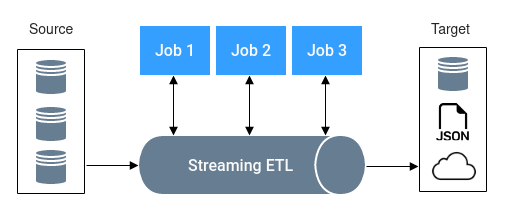
What is Traditional ETL?
Traditional ETL uses batch processing to collect a large amount of data in a single scheduled run. It is common to completely refresh all data with a “kill and fill” operation. The jobs are usually scheduled for overnight, when systems are less busy and the heavy processing will not slow down interactive users. The advantage of ETL jobs is that batch processing is well understood and easy to implement. Disadvantages are delayed access to data and supporting any errors in the middle of the night.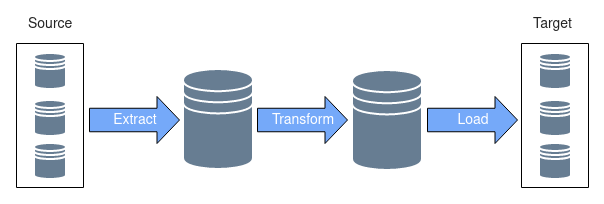
When to use Streaming ETL
Streaming ETL should be used in cases that have the biggest impact to business, such as the following areas:
- Core to Business – Data that is critical to business operations, such as sales data for retailers, operations data for manufacturers, or financial data for banking
- Customer Service – Access to customer information to address any service inquires
- Ecommerce – A website with order information, payment authorization, and shipping status
- Internet of Things – Automation in response to thousands of data points from sensors and control systems
Streaming ETL is growing in popularity for offering new kinds of services and solving business cases that serve customers better. As new solutions are built, and old ones are updated, IT departments are relying on streaming ETL to process data and events as they occur. The advantage is service offerings that outperform competitors and provide real-time insights into how customers are behaving.
Make Streaming ETL Easy
Remove the obstacles to real-time data pipelines by leveraging a streaming ETL platform like SymmetricDS. Easily integrate data using continuous change data capture, so you can focus on your application and analytics. SymmetricDS is a cross-platform solution that can sync any database to any database, including non-relational and streaming platforms like Kafka, Elasticsearch, and Snowflake. It’s easy to set up replication and scale to thousands of databases using a powerful web console to design the integrations.



